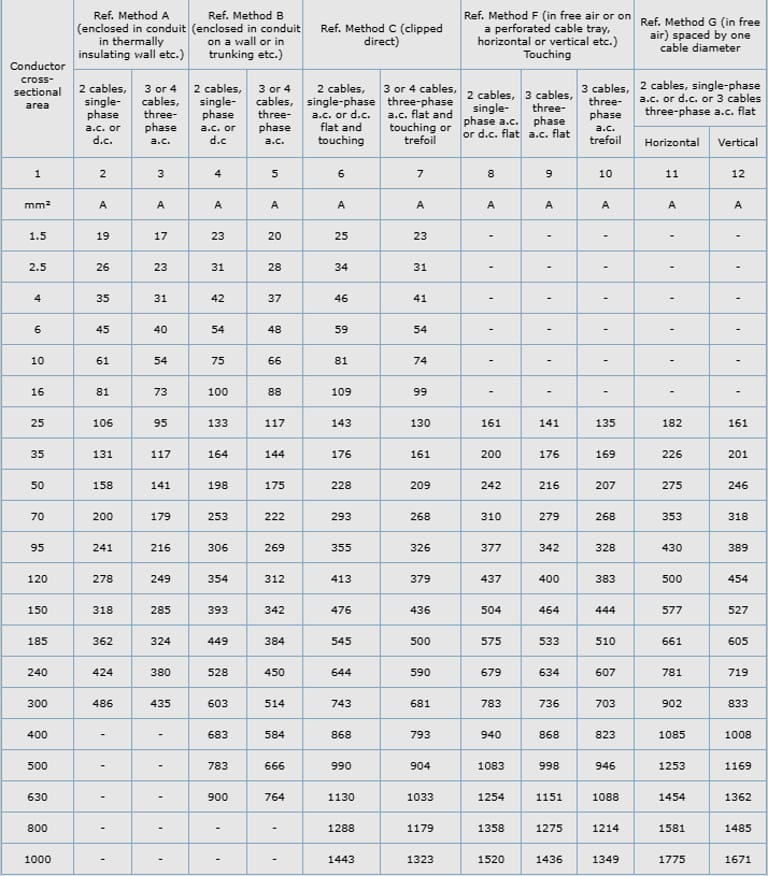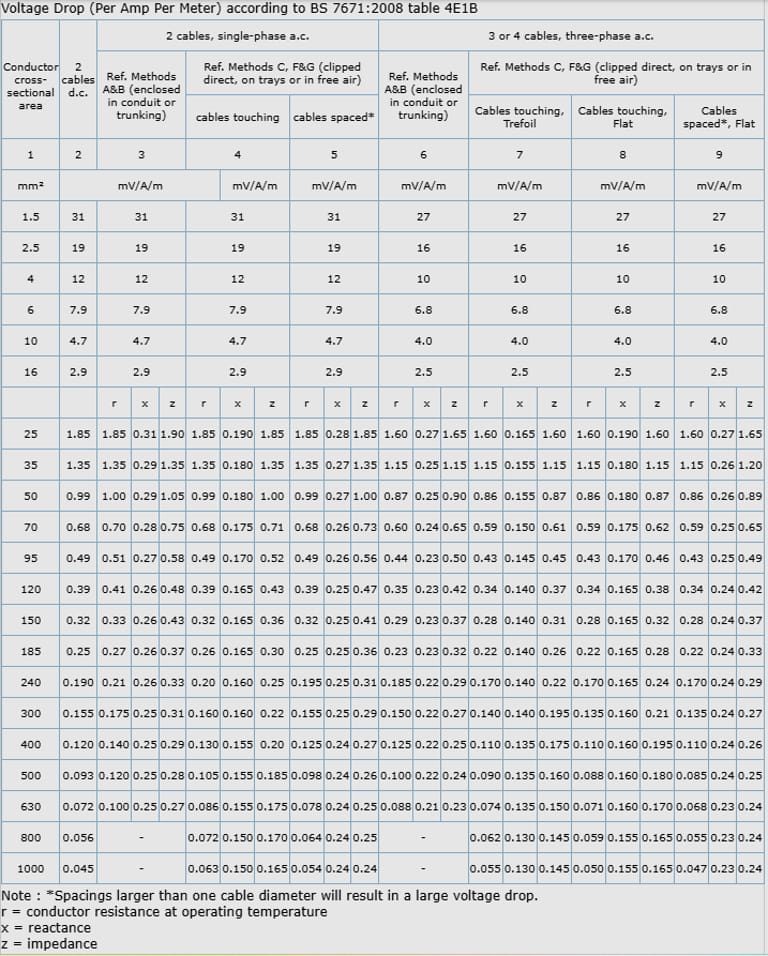Anhui Feichun Special Cable Co.,Ltd Li.wang@feichuncables.com

600/1000V XLPE Insulated, LSZH Sheathed Power Cables to IEC 60502-1 (Single Core)
APPLICATION
These XLPE insulated and LSZH sheathed cables are generally used for fixed installation. Suitable for building wiring, especially in areas where smoke and fume emissions may cause a potential threat to life but not for burial in the ground, either directly or in ducts.
STANDARDS
Basic design to IEC 60502-1
FIRE PERFORMANCE
Flame Retardance (Single vertical wire or cable test) | IEC 60332-1-2; EN 60332-1-2 |
Reduced Fire Propagation (Vertically-mounted bundled wires & cables test) | IEC 60332-3-24; EN 60332-3-24 |
Halogen Free | IEC 60754-1; EN 50267-2-1 |
No Corrosive Gas Emission | IEC 60754-2; EN 50267-2-2 |
Minimum Smoke Emission | IEC 61034-2; EN 61034-2 |
VOLTAGE RATING
600/1000V
CABLE CONSTRUCTION
Conductor : The conductors shall be class 2 plain or metal-coated annealed copper in accordance with IEC 60228. Class 1 and class 5 conductor can be offered as option.
Insulation : Thermosetting XLPE compound as per IEC 60502-1.
Outer Sheath : Thermoplastic halogen free compound ST8 as per IEC 60502-1.
Outer Sheath Option : UV resistance, hydrocarbon resistance, oil resistance, anti-rodent and anti-termite properties can be offered as option.
COLOUR CODE
Insulation Colour : Brown or blue; other colours can be offered upon request.
Sheath Colour : Black; other colours can be offered upon request.
PHYSICAL AND THERMAL PROPERTIES
Maximum temperature range during operation : 90°C
Maximum short circuit temperature (5 Seconds) : 250°C
Minimum bending radius :
circular copper conductors OD≤25mm : 4 × Overall Diameter
circular copper conductors OD﹥25mm : 6 × Overall Diameter
shaped copper conductors : 8 × Overall Diameter
CONSTRUCTION PARAMETERS
Conductor | FTX300 1RZ1-R | ||||
|---|---|---|---|---|---|
No. of Cores × Cross-sectional Area | Conductor Class | Nominal Insulation Thickness | Nominal Sheath Thickness | Approx. Overall Diameter | Approx. Weight |
No.×mm² |
| mm | mm | mm | kg/km |
2 | 0.7 | 1.4 | 5.8 | 54 | |
2 | 0.7 | 1.4 | 6.2 | 67 | |
2 | 0.7 | 1.4 | 6.8 | 87 | |
2 | 0.7 | 1.4 | 7.3 | 113 | |
2 | 0.7 | 1.4 | 8.3 | 163 | |
2 | 0.7 | 1.4 | 9.3 | 232 | |
2 | 0.9 | 1.4 | 11.0 | 346 | |
2 | 0.9 | 1.4 | 12.2 | 456 | |
2 | 1.0 | 1.4 | 13.7 | 599 | |
2 | 1.1 | 1.4 | 15.7 | 835 | |
2 | 1.1 | 1.5 | 17.8 | 1131 | |
2 | 1.2 | 1.5 | 19.6 | 1407 | |
2 | 1.4 | 1.6 | 21.8 | 1727 | |
2 | 1.6 | 1.6 | 24.0 | 2144 | |
2 | 1.7 | 1.7 | 27.1 | 2786 | |
2 | 1.8 | 1.8 | 29.9 | 3466 | |
2 | 2.0 | 1.9 | 33.5 | 4405 | |
2 | 2.2 | 2.0 | 37.2 | 5520 | |
2 | 2.4 | 2.2 | 42.0 | 7097 | |
2 | 2.6 | 2.3 | 46.9 | 9010 | |
2 | 2.8 | 2.4 | 52.0 | 11286 | |


Understanding XLPE Insulated LSZH Sheathed Cables
XLPE, or cross-linked polyethylene, is a thermosetting insulation material formed by chemically linking polyethylene molecules, enhancing its resistance to heat, moisture, and electrical stress. Unlike thermoplastic insulators, XLPE does not melt under high temperatures, maintaining structural integrity up to 90°C during continuous operation and 250°C in short-circuit scenarios. The LSZH sheath, composed of thermoplastic halogen-free compounds, ensures that in the event of fire, the cable releases minimal smoke and no corrosive gases, which is vital in confined spaces like tunnels or high-rise buildings.
These cables are primarily used for fixed installations in areas sensitive to fire propagation, such as hospitals, schools, and commercial structures. They are not suitable for direct burial in the ground without additional protection, as per the standard guidelines. In South Africa, where building regulations emphasise fire safety—aligned with the National Building Regulations and Building Standards Act—these cables address the risks associated with dense urban populations and industrial settings. Their design mitigates the "fire triangle" by reducing fuel (halogen-free), oxygen interaction (low smoke), and heat transfer, thereby enhancing overall system resilience.
Standards and Fire Performance
Adherence to international standards is a cornerstone of these cables' reliability. The basic design follows IEC 60502-1, which specifies requirements for power cables with extruded insulation for rated voltages from 1 kV to 30 kV. For fire performance, they comply with multiple IEC and EN standards:
Flame Retardance: IEC 60332-1-2 / EN 60332-1-2 (single vertical wire test)
Reduced Fire Propagation: IEC 60332-3-24 / EN 60332-3-24 (bundled wires test)
Halogen Free: IEC 60754-1 / EN 50267-2-1
No Corrosive Gas Emission: IEC 60754-2 / EN 50267-2-2
Minimum Smoke Emission: IEC 61034-2 / EN 61034-2
This suite of tests ensures the cables perform exceptionally in fire scenarios. For instance, the halogen-free property prevents the release of hydrogen chloride gas, which can damage equipment and harm respiratory systems. In analytical terms, these standards quantify performance: the smoke density test under IEC 61034-2 measures transmittance, ensuring visibility remains above 60% in enclosed spaces. In South Africa, where wildfires and industrial fires are common, such features align with the Occupational Health and Safety Act, promoting safer workplaces.
Usage Scenarios
These cables excel in building wiring, industrial plants, and infrastructure where fire safety is paramount. In hospitals, their LSZH property protects vulnerable patients; in tunnels, low smoke aids evacuation. Options like UV resistance suit outdoor use in solar farms, while anti-rodent features counter wildlife in rural areas.
In South Africa, with its mining-dominated economy, they support underground power distribution, resisting moisture and mechanical stress.
Recent Case Studies from South Africa
South Africa's energy sector has seen significant adoption of these cables amid Eskom's upgrades and private initiatives.
Case Study 1: Eskom's Rural Electrification Projects (2023-2025) In Limpopo and Eastern Cape, Eskom deployed armoured XLPE insulated LSZH sheathed cables for rural grid extensions, enhancing durability against environmental factors. Over 500 km of 600/1000V single-core cables were installed, reducing fire risks in thatched-roof communities. The project, costing R2 billion, improved reliability, cutting outages by 40% and supporting 50,000 households. Analysis shows the LSZH feature prevented potential incidents during bushfires, aligning with IEC 60502-1 for safe, efficient power.
Case Study 2: Taihan Cable Supply to Eskom (2025) In April 2025, Taihan's M-Tec subsidiary secured a R52 billion contract to supply low-voltage cables to Eskom, including XLPE insulated LSZH variants for grid enhancements. Focused on urban substations in Gauteng, the cables addressed corrosion from humidity, with fire performance ensuring compliance in high-density areas. Post-installation, energy losses dropped 15%, demonstrating the cables' role in stabilising South Africa's grid amid load shedding.
600/1000V XLPE insulated LSZH sheathed power cables to IEC 60502-1 embody innovation in electrical engineering, balancing performance, safety, and environmental considerations. Their detailed specifications—from construction to electrical properties—ensure versatility across scenarios, particularly in fire-prone settings. In South Africa, recent projects underscore their value in overcoming infrastructure challenges, fostering reliable energy access. As the nation advances towards 2030 sustainability targets, these cables will play a pivotal role, warranting continued research and adoption.

Email Address: Li.wang@feichuncables.com
© 2025. All rights reserved.


One-click to Quickly Contact
Products
Offshore & Marine Cable
XLPE Cable
Contact
Company
Location:
Building A Private Science and Technology Park, Hefei Economic and Technological Development Zone, Anhui Province, China
